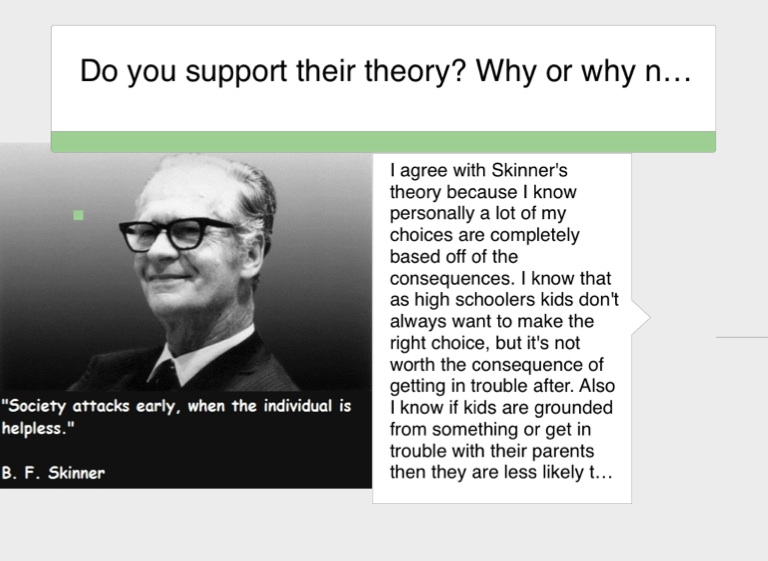
Some specific types of notes found on the page: There are also notes that expand on the deduction and reasoning used to draw certain conclusions, which can be read by either hovering over (desktop-only) or clicking on the note. References are provided as much as possible. Some information that pertains to more than one nation may be duplicated. Some information is housed on nations' History pages and must be edited there. Please note: This page is under reconstruction. To view the timeline by nation, see Region Histories and click on the respective nation's page. A constant work in progress take information given with a grain of salt. So we see that the whole idea of creating a system of teaching based on individual needs and behavioral psychology principles of conditioning which came into the limelight with Skinner’s teaching machine is now taking new forms with adaptive teaching and e-learning.A very rough estimation of the timeline of the Genshin Impact universe, incorporating historical records, myths, and folk tales. Adaptive learning or also known as adaptive teaching uses algorithms to give constant feedback, make observations and deliver customised resources which address the needs of individual learners.

The field that is emerging as an answer to this problem is that of adaptive learning systems. And lately, it's being realized that this is not possible with the traditional approaches. One of the biggest challenges in the field of education is to provide individualized and tailor-made programs for each individual on a massive scale. The skinner learning machine and his theory of stimuli-response behavior theory have given birth to the modern concepts of ‘Adaptive Learning Systems’. Skinner proposed that machines based on his theory of operant conditioning could not only be used to teach school subjects but also to promote the development of behaviors that Skinner called ‘Self-Management’. He believed this was the best possible arrangement for learning because it took into account the rate of learning for each individual student. Skinner also noted that the learning process should be divided into a large number of very small steps and reinforcement must be dependent upon the completion of each step. Thus, we see that the whole idea was not just to replace teachers with machines in order to gain efficiency, but was heavily based on Skinner’s learning theory of the response/reward mechanism. If the answer was incorrect, the student studied the correct answer to increasing the chances of getting reinforced next time.

If the student was correct, he/she got reinforcement and moved on to the next question. The “machine” was composed of a fill-in-the-blank method on either a workbook or on a computer. The teaching machine was composed of mainly a program, which was a system of combined teaching and test items that carried the student gradually through the material to be learned. Since personal tutors for every student was usually unavailable, Skinner developed a theory of programmed learning that was to be implemented by teaching machines. He believed the classroom had disadvantages because the rate of learning for different students was variable and reinforcement was also delayed due to the lack of individual attention. using a mechanical device that would also surpass the usual classroom experience. The whole idea behind which was to teach classroom subject such as maths, spelling etc. Based on these very ideas, Skinner in 1954, came up with something called a teaching machine.


 0 kommentar(er)
0 kommentar(er)
